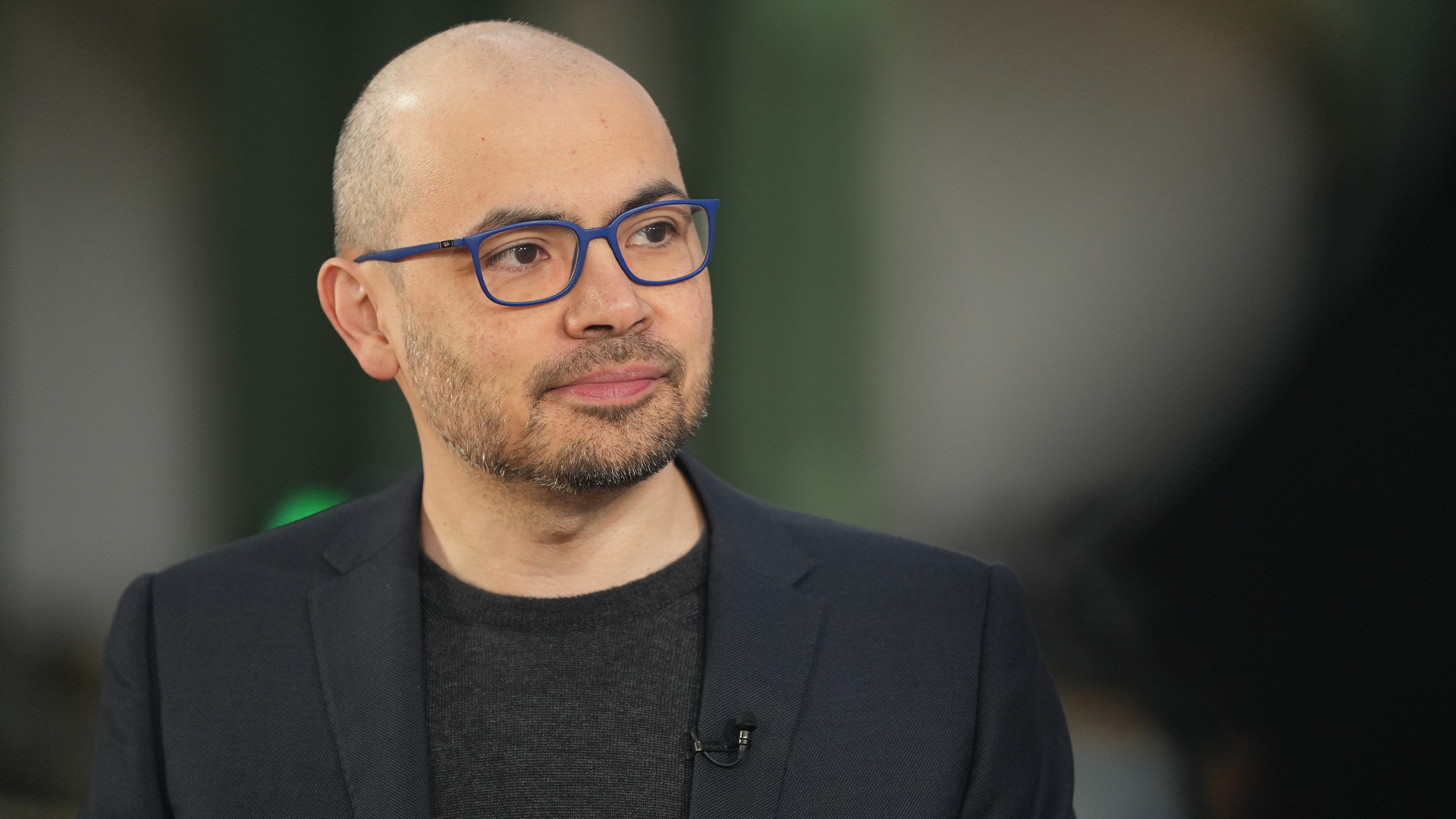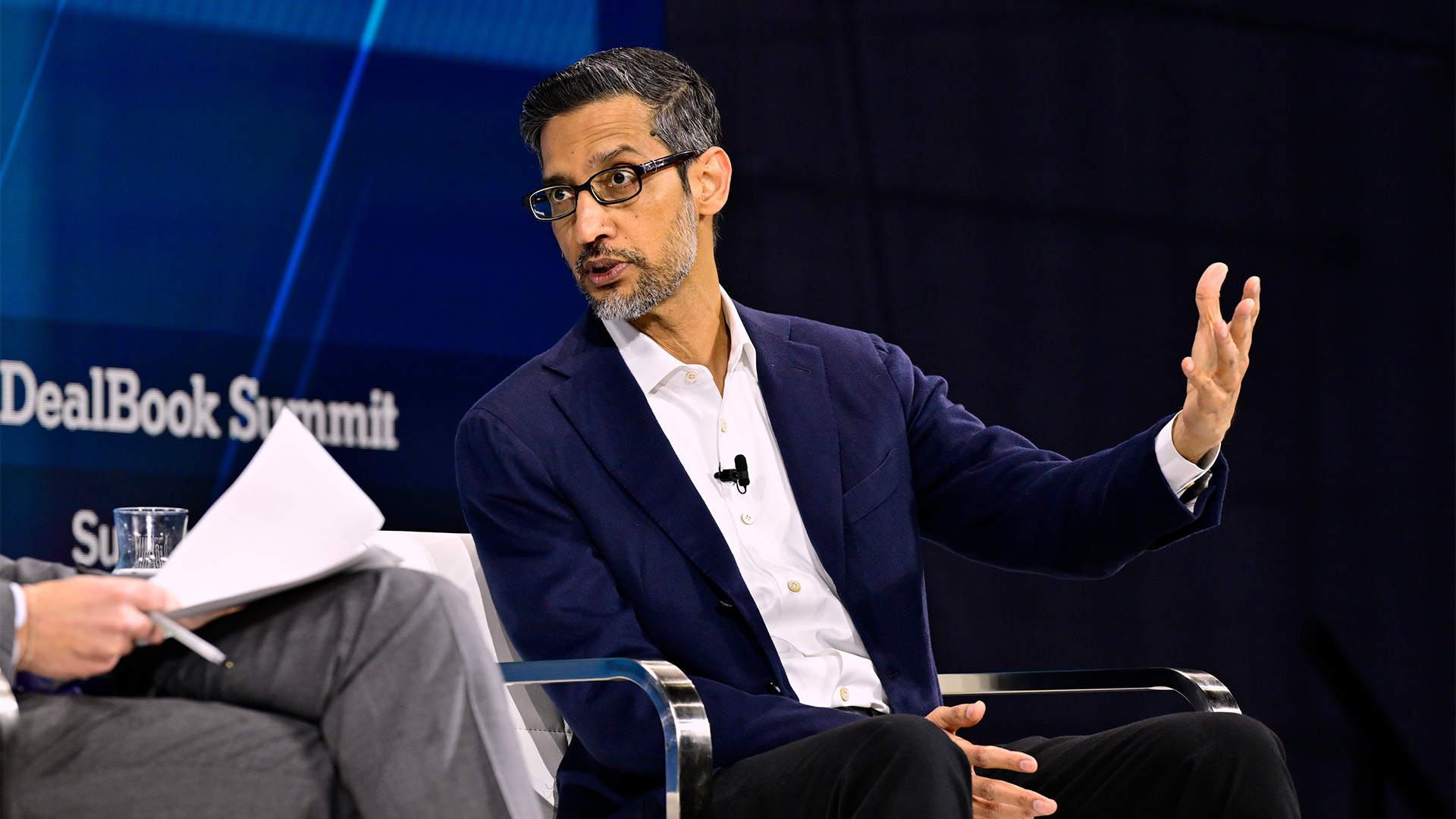OpenAI, others pushing false narratives about LLMs, says Databricks CTO
Tech giants are widely overstating AI dangers, as well as the costs of building generative AI platforms, to maintain a stranglehold on the emerging field


Tech firms like OpenAI are obstructing a move to ‘democratize’ artificial intelligence (AI) by spinning false narratives, according to Databricks’ CTO Matei Zaharia.
Such narratives can include messaging around doomsday-style risks and exorbitant costs, he said, which are designed to discourage other companies from participating in generative AI development.
The pace of change within the AI industry to try and capitalize on the technology has been likened to that of when technologies like blockchain and cloud computing first came to the fore.
Many companies are seeking to make a move in the AI space, whether that be to implement the technology or work to build a generative AI system from scratch.
RELATED RESOURCE

AI and cyber security
A look ahead to how best practices in AI application capabilities will evolve
“There are definitely the larger providers, like OpenAI, Google, and so on; they have this narrative – and they’re talking in a lot of places about how – first of all, this stuff is super dangerous, not in the sense of a disruptive technology, but even in the sense of ‘it might be evil and whatever’,” Zaharia told ITPro during an interview at Databricks' Data + AI Summit 2023. “It’s very sci-fi.”
“OpenAI – that’s exactly the narrative they’re pushing – but others as well.
“Anytime someone talks about AI alignment or whatever, it’s often from this angle: Watch out, it might be evil. They’re also saying how it’s a huge amount of work to train [models]: It’s super expensive – don’t even try it.
Sign up today and you will receive a free copy of our Future Focus 2025 report - the leading guidance on AI, cybersecurity and other IT challenges as per 700+ senior executives
“I’m not sure either of those things are true.”
Zaharia cited MosaicML – the startup Databricks recently acquired for $1.3 billion – as having trained a large language model (LLM) with 30 million parameters that’s competitive with GPT-3, and “probably cost like ten to 20 times less” to train.
While some companies are hedging their bets, there are others that hope the generative AI market comprises just a handful of players, all of which believe only they can understand how to make the technology safe, he added.
The pace of change and innovation, however, defies this notion, with Zaharia impressed with how many smaller models are out there since ChatGPT launched that can rival it.
“A lot of people thought ‘wow it’ll take a long time to catch up’, and now I’ve been surprised – lots of people have been surprised – by the speed at which others have replicated some of that and even done it at a much lower cost.”
In the future, people may be surprised by how general the technology becomes the more that enterprises experiment and find new use cases for LLMs and other generative AI systems, he added.

Keumars Afifi-Sabet is a writer and editor that specialises in public sector, cyber security, and cloud computing. He first joined ITPro as a staff writer in April 2018 and eventually became its Features Editor. Although a regular contributor to other tech sites in the past, these days you will find Keumars on LiveScience, where he runs its Technology section.
-
 OpenAI says GPT-5.2-Codex is its ‘most advanced agentic coding model yet’ – here’s what developers and cyber teams can expect
OpenAI says GPT-5.2-Codex is its ‘most advanced agentic coding model yet’ – here’s what developers and cyber teams can expectNews GPT-5.2 Codex is available immediately for paid ChatGPT users and API access will be rolled out in “coming weeks”
-
 Google DeepMind CEO Demis Hassabis thinks startups are in the midst of an 'AI bubble'
Google DeepMind CEO Demis Hassabis thinks startups are in the midst of an 'AI bubble'News AI startups raising huge rounds fresh out the traps are a cause for concern, according to Hassabis
-
 OpenAI turns to red teamers to prevent malicious ChatGPT use as company warns future models could pose 'high' security risk
OpenAI turns to red teamers to prevent malicious ChatGPT use as company warns future models could pose 'high' security riskNews The ChatGPT maker wants to keep defenders ahead of attackers when it comes to AI security tools
-
 Google DeepMind partners with UK government to boost AI research
Google DeepMind partners with UK government to boost AI researchNews The deal includes the development of a new AI research lab, as well as access to tools to improve government efficiency
-
 Google blows away competition with powerful new Gemini 3 model
Google blows away competition with powerful new Gemini 3 modelNews Gemini 3 is the hyperscaler’s most powerful model yet and state of the art on almost every AI benchmark going
-
 Google CEO Sundar Pichai sounds worried about a looming AI bubble – ‘I think no company is going to be immune, including us’
Google CEO Sundar Pichai sounds worried about a looming AI bubble – ‘I think no company is going to be immune, including us’News Google CEO Sundar Pichai says an AI bubble bursting event would have global ramifications, but insists the company is in a good position to weather any storm.
-
 Some of the most popular open weight AI models show ‘profound susceptibility’ to jailbreak techniques
Some of the most popular open weight AI models show ‘profound susceptibility’ to jailbreak techniquesNews Open weight AI models from Meta, OpenAI, Google, and Mistral all showed serious flaws
-
 Sundar Pichai thinks commercially viable quantum computing is just 'a few years' away
Sundar Pichai thinks commercially viable quantum computing is just 'a few years' awayNews The Alphabet exec acknowledged that Google just missed beating OpenAI to model launches but emphasized the firm’s inherent AI capabilities

